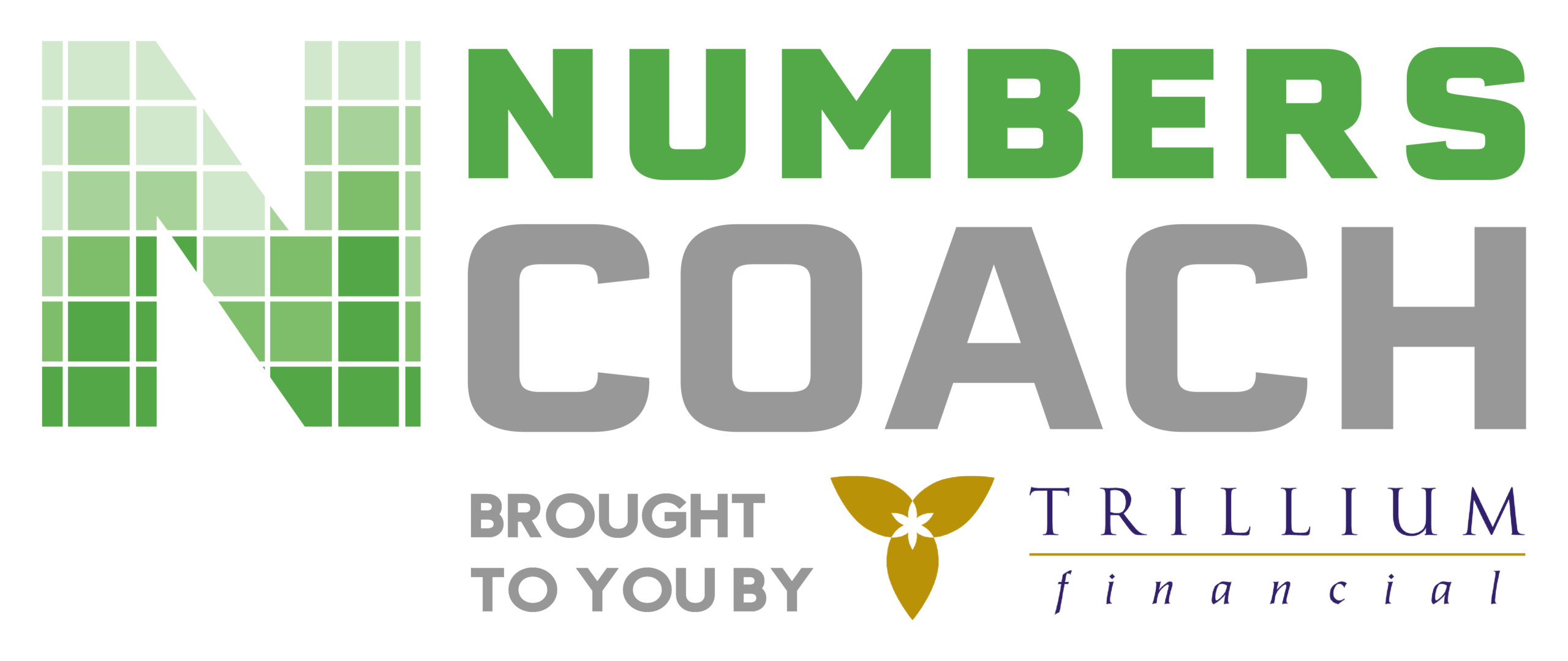I often get confused on what makes up a good vision. My finance background does not exactly lend itself to visionary thinking—we are trained to look at the present and history. I know one underlying trait of a good vision is that it should be timeless.
One of the great examples of this notion is the vision that Walt Disney wrote himself over a half century ago and still remains true today for the Disney company:
“Physically, Disneyland is to be a small world in itself. Encompassing the things that were good and true in American life…. dedicated to the ideals, the dreams, and the hard facts that have created America. I don’t want the public to see or think about the world they live in when they are inside our world created for them. Beyond the physical places, we want to bring people along into an entirely different world, with our philosophies and idea, our characters, our stories, our past, present, and future, so they are part of it and never want to leave it. At age 12 or at age 62, we want them to feel curiosity, wonder, awe, fascination, joy, and attachment. Within this world, we want them to experience discovery and adventure, fun and entertainment, education, participation, and recognition. They will not just come to visit our places or to the theater to see our films. They will bring us into their homes and into their hearts. We will never settle for having customers or fans – they will be Disney people. This world will never be completed, it will always be under construction; expanding, diversifying, playing more and more roles in peoples’ lives.”
When I read this vision statement and think about the time I visited Disney World with my young kids, I am awestruck with how this so closely aligns with my family’s experience. Walt Disney built his visionary idea in such a manner that it strikes emotion into many who have experienced Disney films, theme parks, and books. I did leave my world behind and entered the world of Disney when we visited…it was truly magical.
So, what can we do to create a vision that can elicit a similar type of feeling and experience? Start with asking yourself these questions:
- Is your vision written in a manner that evokes emotion, or does it just feel like cold facts?
- Is it about your customers’ experience with your products or services….an external focus?
- Is it written with the intensity that you want your customers to feel, regardless of length? (Obviously, Walt Disney’s vision statement was not written with the notion “It’s got to be short or people won’t remember it”)
- Is it timeless?
- Is it one that will be incomplete?
Simon Sinek did a TED talk with the theme of “Start with the Why”: Why do people buy your product or service? If you can answer that, it gives you a way to think more clearly on what your vision should be.
Cheers to your clear vision that will remain true throughout time,
Mike
